Ginger
Ginger (Zingiber officinale) is a tropical, herbaceous perennial. It is also commonly known as Common, Stem, Root, Canton, East Indian, Jamaican, or Red Ginger. This flowering plant is in the same family as two other fragrant and popular spices: turmeric and cardamom.
It grows from a rhizome which is what we normally refer to as “ginger root”. So, this way of referring to it is not botanically correct but has entered popular usage, including in remedies and recipes.
This plant has been used in both cooking as a spice and in traditional medicine for several ailments for many centuries.
The History Of Ginger
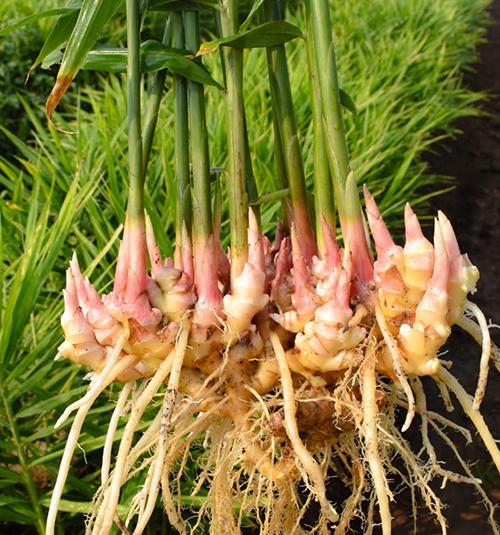
This plant has been cultivated for around 5,000 years and, during the 14th century, was costly and valuable. The ancient Chinese and Indians used the root in several remedies and as a general tonic.
The earliest records date back to China and the writings of Confucius (475 – 221 BC) who stated that he ate ginger with all his meals.
According to other records, Chinese mariners grew ginger onboard ships and used this plant to prevent scurvy.
In the 1st century AD, ginger was introduced to countries in the Mediterranean by Arab traders. In the period 5th to 15th centuries, the plant was imported, in both raw and preserved form, into Europe and England.
Where This Plant Is Found
It is thought that the original form of ginger originated in Southeast Asia and was domesticated by the peoples of the ever-expanding Austronesian region (China, India, Taiwan, Philippines, Madagascar, Easter Island, Hawaii, and New Zealand).
The largest production regions today are China, India, Indonesia, and West Africa as this plant thrives in tropical and subtropical climates. In the US, ginger does well in Florida, Hawaii, and Southern Arizona, California, Louisiana, and Texas.
How To Identify Ginger
Most people can immediately recognize the whole Ginger ‘root’ in stores, but how many of us would be able to identify a plant?
Zingiber officinale grows to a height of approximately 3 feet / 1 meter. The stems of these plants are pseudo stems as they in fact consist of rolled leaves.
- Leaf: The leaves are dark green, narrow, lance-shaped, and reach a length of 7 ½ inches / 20 centimeters.
- Flower: The flowers form at the end of separate shoots in cone-shaped spikes. The bracts are green or yellow, and the emerging flowers have large oblong lips. The bloom is cream, tan, gold, yellow, or green, but the main lip is red with yellow stripes or spots.
- Root: The root, or more correctly the rhizome, is firm, rough, and banded. Older, harvested roots develop an outer layer that turns light brown. The inside of the Common Ginger root remains yellow and is both fleshy and fibrous.

Many people will never see a growing Ginger plant. However, even if you live in a region where the climate is not ideal, you may be able to grow one of these plants in a container in your home (more on that later).
How To Grow Ginger
Ginger plants grow from the rhizome so that’s what you need to get your own plant started. You can either purchase root from your local store, or you can order from an online retailer. If done correctly, you can have your own fresh ginger all year.
Here’s how to go about preparing the rhizome or root: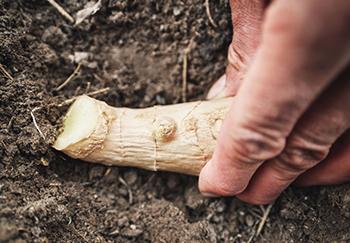
- Select a root that is 4 – 6 inches / 10 – 15 centimeters long with multiple branches
- Some suggest washing and then drying the root very thoroughly to remove any growth retardant the supplier may have sprayed on to extend shelf-life
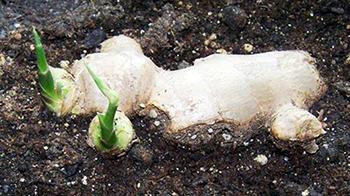
- Remove each branch or finger from the rhizome. Each piece must be 1 – 2 inches / long and have at least one bud or node
- Leave the sections to dry for 24 – 48 hours as this reduces the possibility of root rot after planting.
When deciding on a position in your garden, keep the flowing in mind:
- You must be in an area where the outdoor temperature will never go below 55 – 600 Fahrenheit / 12 ½ – 15 ½0 If the weather is any colder the rhizome will hibernate or die
- The soil must be fertile, rich, and humus-like. It must absorb water without becoming waterlogged so well-drained soil is also essential
- Ginger requires partial shade to light the sun. Full sun will burn, even kill, plants. You could plant ginger under trees.
Planting Outdoors
- Plant in early spring unless you live in a warm climate where you can plant during any season
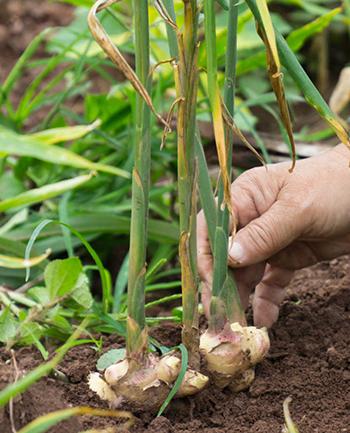
- Dig in a good amount of aged manure or compost to enrich the soil. Each rhizome section should be planted 1 foot / 30 centimeters apart to allow space for growth.
- Water well
- Leaves should appear 6 – 9 days after planting
- Water the young plants sparingly
- As the plant grows and matures, the rhizome may appear above the surface. This is normal and you don’t need to cover it.
If outdoor cultivation is not an option for you, you can pot ginger.
Container Planting
If you live in a region where the climate is unsuitable, or you don’t have a garden, you can grow ginger in a container. It’s important that:
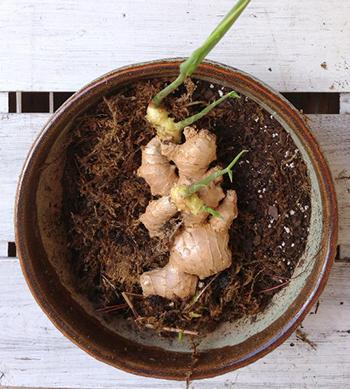
- The pot is big enough to accommodate the plant as it grows; the rhizome needs to spread
- You use rich soil that absorbs but does not hold water
- The container allows drainage, or the root will rot
- You keep the soil moist and spray or mist the leaves with water every few days.
While your ginger plant will need warmth and humidity, don’t place it in full sun or too close to an indoor heating unit as the air may be too dry.
How To Harvest And Store This Plant
You can harvest the rhizomes or roots when the plant is 4 – 6 months old, but the flavor will be better the older the plant is. Some say roots should be at least two years old to yield full benefit. However, 8 – 10 months is a good age too. There are two harvesting options:
Ongoing, Partial Harvesting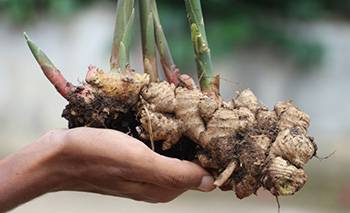
You can harvest small pieces of rhizome from the outer edges of the root mass. If you do so gently and in moderation, the plant should not suffer too much shock.
Full Plant Harvesting
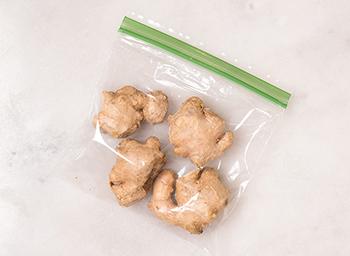
Once all the leaves have died back, dig up the entire rhizome ball. Select the rhizome sections that you want to replant and remove them. Replant these immediately. You can then cut off the stems and leaves, wash the rhizomes under cold running water, trim off the little side roots, and the rhizomes are ready for use.
Storage
Unpeeled ginger can be kept in the refrigerator for up to three weeks. You can also freeze it for up to 6 months.
What Ginger Is Good For And The Natural Remedies Made From It
Ginger is a potent antioxidant and, in addition, is rich in vitamins and minerals:
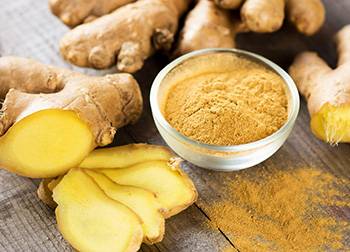
- Calcium
- Iron
- Magnesium
- Manganese
- Phosphorus
- Potassium
- Sodium
- Vitamins B-1, B-2, B-3, B-5, B-6, B-9, C, and E
Its most significant active ingredient, gingerol, which is a powerful anti-inflammatory compound, makes it effective against a range of symptoms and ailments including pain linked to inflammation,for example from arthritis, and nausea including morning sickness.
Thanks to the antioxidant properties, ginger also acts to:
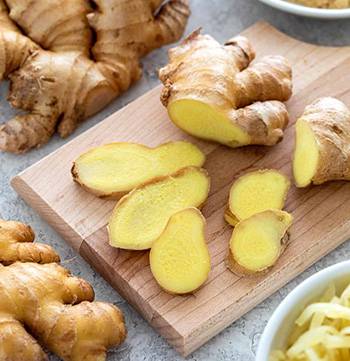
- Boost the immune system
- Ease chronic indigestion
- Regulate blood pressure
- Decrease blood sugar levels
- Lower cholesterol
- Promote lung health
- Help to fight off some bacterial infections
- Ease menstrual pain
- Aid in weight loss
- Protect against some cancers
It should be noted that not all these claims are supported by clinical research. In other areas, such as cancer, the findings are in the preliminary stages and therefore not conclusive.
What Parts Of The Plant Are Used In Remedies?
The only part of the Common Ginger plant that is used in remedies (and cooking, for that matter) is the rhizome or root.
It can be eaten raw, candied, cooked in a multitude of dishes, used to make herbal tea, and oil is used that is used in the production of ginger ale and ginger beer. The powder can be obtained in capsule form and you may even be able to purchase pressed juice.
A DIY Ginger Recipe
The ideal way to gain the benefits of ginger is by enjoying fragrant ginger tea. As with all herbal teas, you can experiment with additional/optional flavor combinations.
Ingredients
- 1 teaspoon of sliced/chopped fresh ginger root
- 1 cup of water
- 1 slice of fresh lemon/lime (optional)
- Honey to taste (optional)
Method
- Slice or chop the ginger. There is no need to peel it first
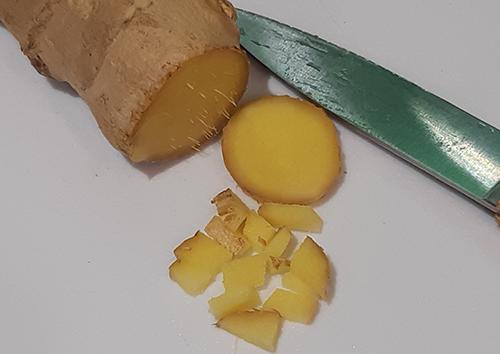
- Place the ginger and water into a small saucepan and simmer for 10 minutes on a low heat
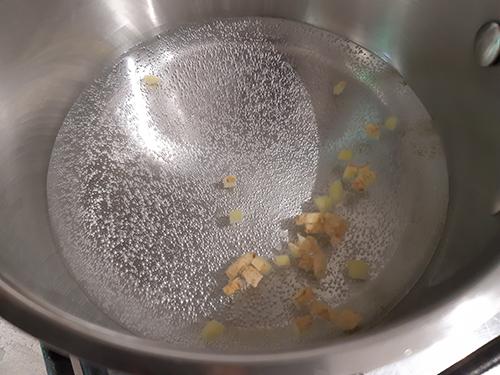
- Add the lemon/lime, if desired, at this point or after the next step
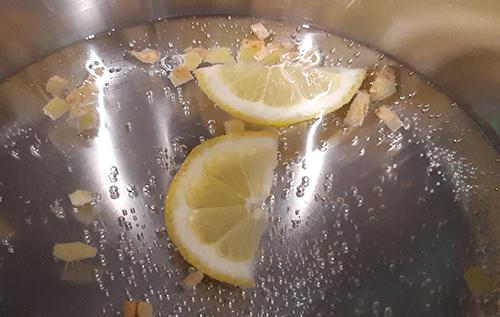
- Strain the liquid into a cup (add the honey and stir)
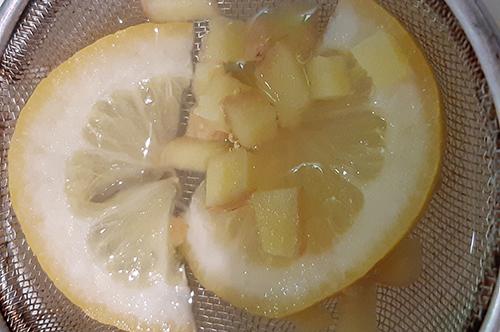
- Drink as soon as it is cool enough.
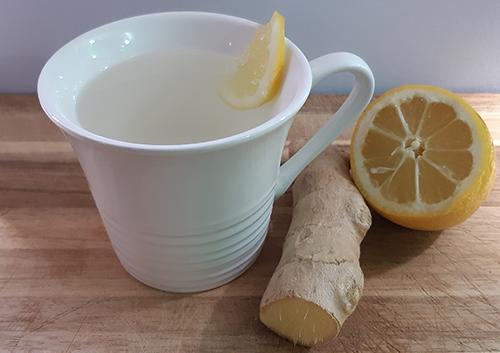
You will work out through trial and error what flavor you enjoy the most. You can get as creative as you like, just don’t add milk or anything non-natural. In the hot months, you can also add ice!
Dosage
A cup of ginger tea can be drunk once or twice a day. You can also use the tea – once it has cooled down – as a daily gargle for a painful throat.
If you purchase powder, oil, or some other finished, manufactured product, follow the directions on the package or the instructions of your healthcare practitioner.
What Plants Resemble Ginger?
There is one plant that needs special mention because, while not fatal, ingesting this plant can permanently damage the kidneys and cause other long-term health issues: Wild Ginger or Asarum europaeum.
The reason why there can be confusion is in the name only as the two plants look utterly dissimilar. The risk lies in the fact that Wild Ginger is sometimes sold in stores as a medicinal plant as it has been used in remedies for centuries. However, unless you really know what you are doing, this plant should be avoided!
There may also be confusion in relation to Alpinia officinarum, which is in the ginger family and a medicinal plant but not comparable to Common ginger.
There are numerous popular varieties and cultivars of ginger including Butterfly, Shell, Torch, Cardamom, Golden Brush, Spiral, and Shampoo Ginger. They are valued for their flowers, fragrance, flavor, and – for the most part – uses in remedies and the kitchen.
It’s important to note that Golden Brush is not edible, and neither are the roots of Spiral Ginger although the flowers can be eaten. Shampoo Ginger is edible but far more bitter than Common Ginger.
Warning & Cautions
Ginger is considered safe when ingested in moderate amounts, although there have been some reports of allergic reactions in the form of rashes. Ginger powder may also cause heartburn in some individuals. There are certain guidelines in terms of those who should avoid ginger:
- Pregnant women close to their due date and/or who have suffered a previous miscarriage. In fact, pregnant women should not exceed 1,500 mg of dried ginger per day
- People on certain cardiovascular drugs
- Patients who have gallstones
- Individuals taking blood thinners for clotting disorders
- Any individuals on a low potassium diet such as those with kidney problems
As with any addition to your diet or wellness program, including natural or plant-based ones, it’s always wise to check with your health practitioner before you include it!
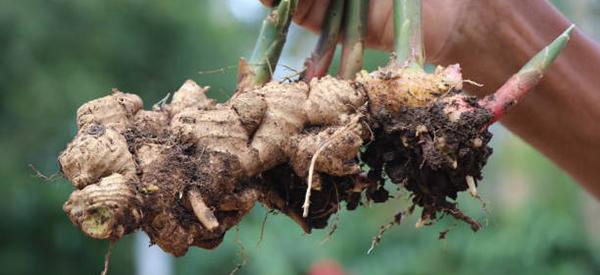
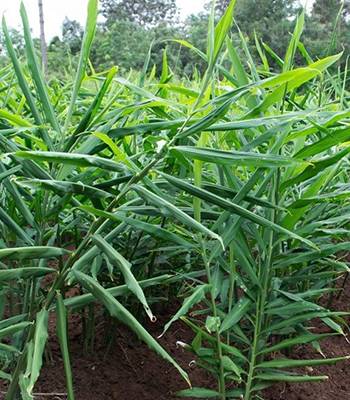
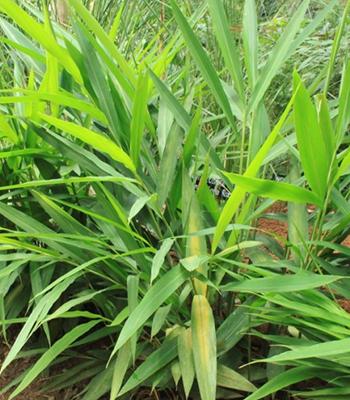
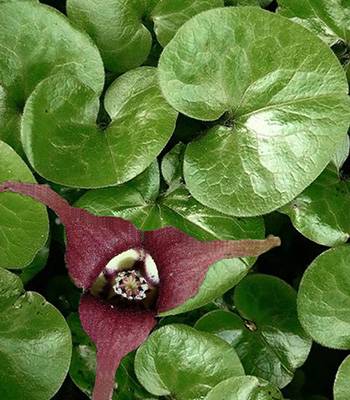
Comments
Post a Comment